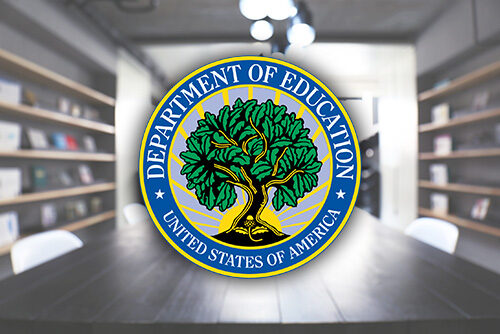
Details of the Federal Student Loan On-Ramp and SAVE Plan
The three-year pause on federal student loan interest and payments has come to an end. Interest began accruing on September 1, 2023, and payments resumed last October. In order to ease federal student loan borrowers back into making payments, the U.S. Department of Education introduced measures to assist borrowers. One way they’re doing this is with a 12-month “on-ramp” that will remove the threat of reporting delinquency for those who are not able to make payments. The government also has amended and added options for income-driven repayment (IDR) plans which adjust monthly payments based on income levels. Read on for more details about how these programs work, and if they could benefit you.
What is the on-ramp period?
Normally if you do not make your student loan payments, it will be reported to credit bureaus and negatively affect your credit score and history. According to the Department of Education, the on-ramp time period – lasting through Sept. 30, 2024 – protects borrowers from having a delinquency reported to credit reporting agencies. (Only loans eligible for the original payment pause will be eligible for this provision.)
Does this mean you get a free pass to get out of student loan payments? Not exactly. Payments are technically still due during this period, and interest will continue to accrue. While accounts will not be reported as delinquent to credit bureaus, your billing statements will note your account status as delinquent. In addition, credit companies could still factor in missed or delayed payments. If you are able to make your payments without financial hardship, you should do so. If you are unable to make payments, an income-driven repayment plan could help.
What are income-driven repayment plans?
Income-driven repayment (IDR) plans calculate monthly student loan payment amounts based on your income and family size. These plans should lower your monthly federal student loan payment if you qualify. Keep in mind that utilizing an IDR plan may extend the repayment period of your loan, meaning you will pay less each month but more in interest over the life of your loan.
Currently there are four types of IDR plans, and each requires payments with a different percentage of your discretionary income. The plans vary in length of repayment terms, from 20 to 25 years; any remaining loan balance is forgiven if your federal student loans aren’t fully repaid at the end of the repayment period.
To qualify for an IDR plan, you will need to provide proof of income and your family size to your servicer. This information must be recertified each year.
New income-driven repayment plan – SAVE
The Department of Education has introduced a new IDR plan called the “Saving on a Valuable Education (SAVE) Plan” that will replace its existing REPAYE Plan. This new plan provides the lowest monthly payments of any IDR plan and may significantly lower or even eliminate required monthly payments for some borrowers. What’s changed?
- The income exemption has been increased from 150% to 225% of the poverty line, meaning more borrowers could qualify for zero-dollar payments
- If you make your monthly payment, your loan balance won’t grow due to unpaid interest
- If you are married and file your taxes separately, your spouse’s income is excluded and your spouse does not need to cosign your IDR application
- Those with original balances of $12,000 or less could see their remaining balances forgiven after 10 years versus the 20 to 25 years of the old REPAYE plan
As of February 21, 2024, The Biden-Harris Administration announced it would automatically discharge $1.2 billion in loans for nearly 153,000 borrowers who are eligible for the shortened forgiveness time period. Borrowers will be notified via email, and going forward, those who meet the criteria for forgiveness under the SAVE plan will have their loans discharged automatically.
Additional SAVE Plan benefits will go into effect in July 2024 that could further reduce or eliminate required payments. You can apply for SAVE or other IDR plans online.
Is student loan refinance still an option?
To simplify your student loan repayment, you may want to consider Federal Student Loan Consolidation or private student loan refinance. These options could mean you’ll have one payment rather than multiple payments, or you could potentially lower your interest rate or monthly payment. You will want to weigh your options carefully, however. If you qualify for an IDR, it would likely be the best option for both lower payments and the possibility of having balances forgiven later. Many federal student loans qualify for payment and interest rate benefits that private student loans do not, and they will no longer qualify for current and future federal benefits once consolidated or refinanced with a private lender.
Regardless of your repayment plans, follow our tips to make sure you’re ready when payments resume.
This article was updated on February 22, 2024.
*Federal student loans may qualify for payment and interest rate benefits that private student loans do not. Carefully consider your options before refinancing federal student loans, as they will no longer qualify for current and future federal benefits once refinanced with a private lender. For more information, visit studentaid.gov or contact your federal student loan servicer.






